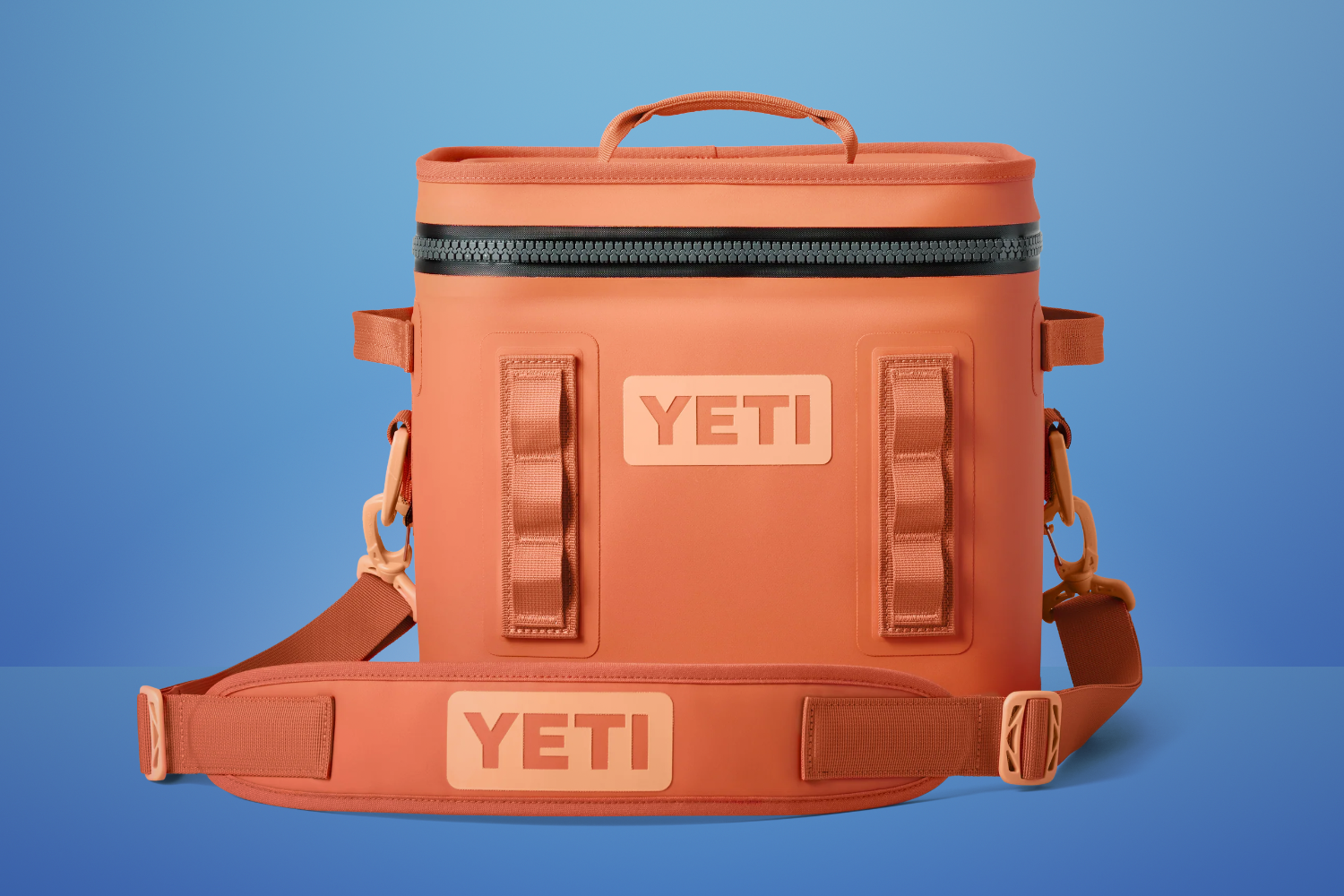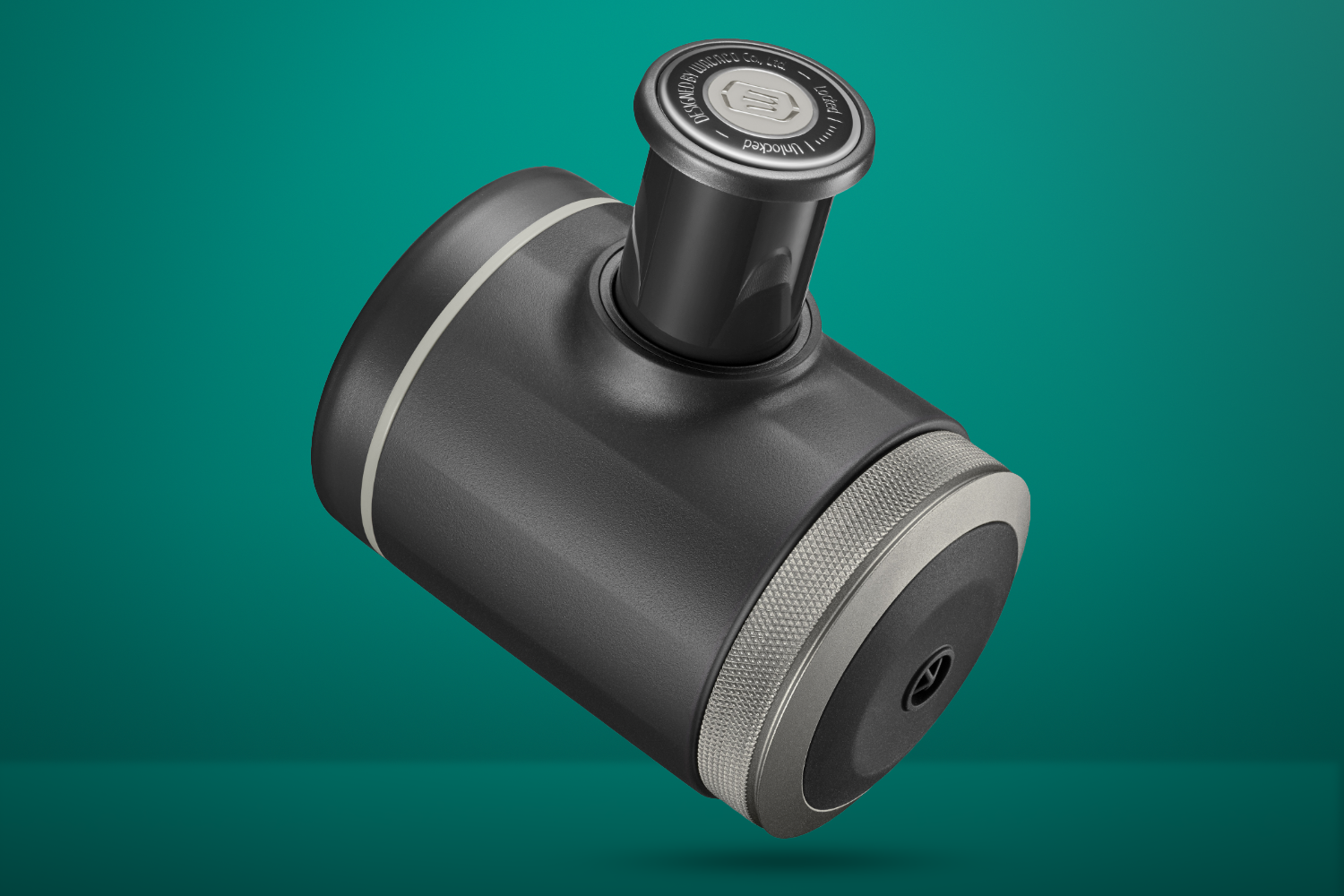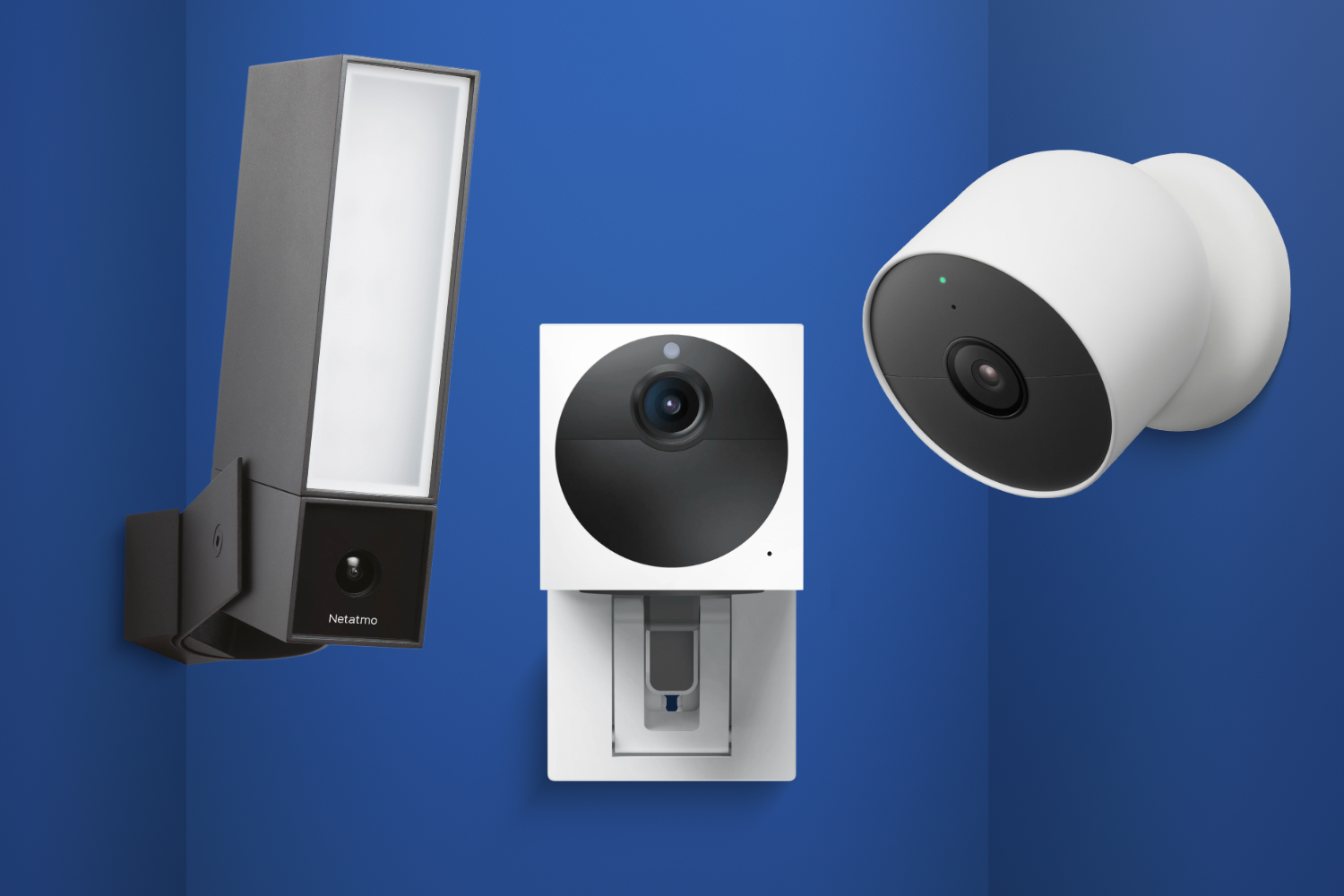Keen to keep your camera in impeccable nick? Whether it’s for performance reasons (a dirty lens, or worse, a dusty image sensor makes for poor photos and video), for reselling purposes (pristine-looking gear will sell for more money) or simply because you’re someone who likes your stuff to look its best at all times, camera maintenance works better when it’s consistent and ongoing rather than in response to an emergency.
To that end, we’ve put together this short guide to keeping your camera gear in the best condition possible: what you need, what steps you should take – oh, and what to do when that dreaded dust spot appears on your sensor.
Guard your glass
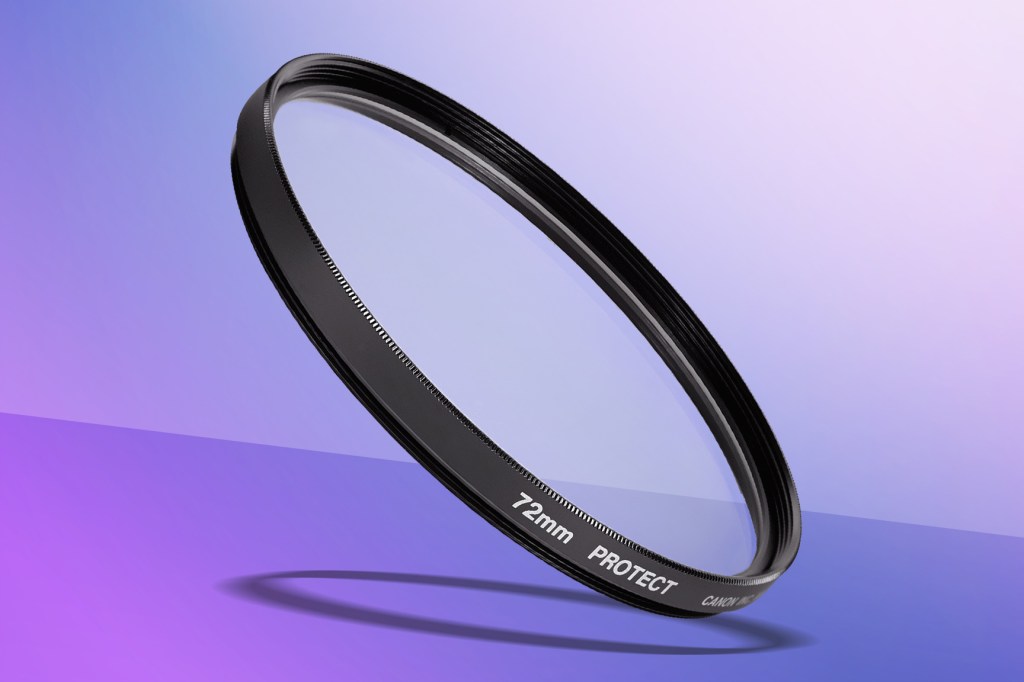
Quality lenses might be expensive, but they make a sound investment. Not only can be used for many years, staying useful you as you trade up to better camera bodies, but they hold their value better than bodies too. The downside is that they’re quite delicate and, in the hands of a careless user, liable to pick up issues like scratches and rub marks on their glass elements.
One way to minimise the risk of these is to fit a clear filter over the front element to act as an extra protective layer. It’ll stop everyday scratches and dust incursion, and may even protect the front glass from damage in the event of an accidental drop.
Securing your screen
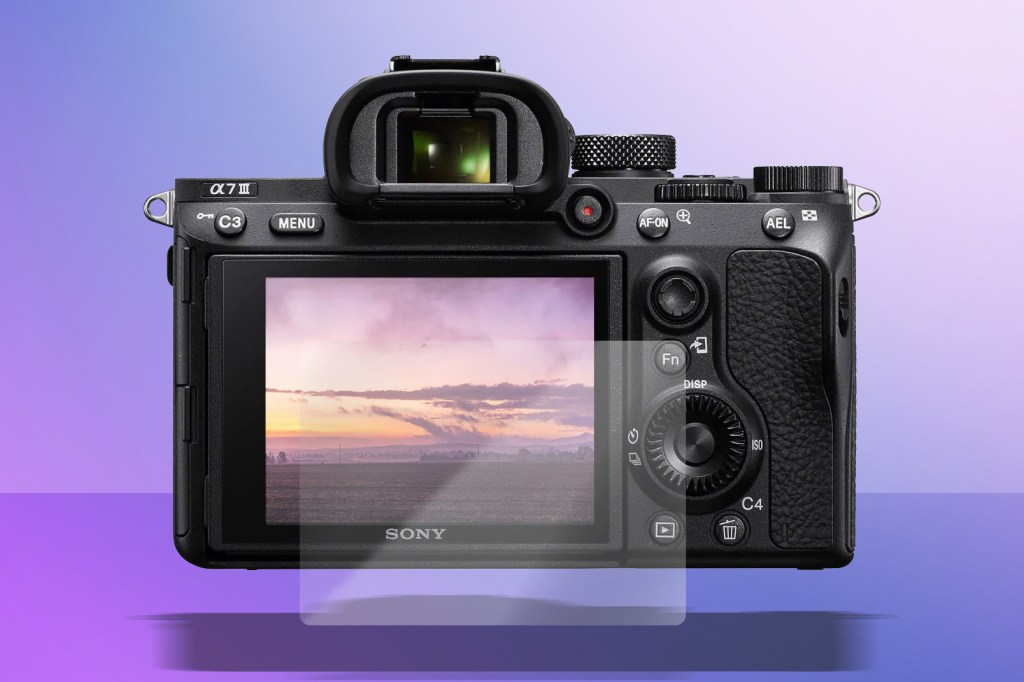

Rear LCD screens can also get scratched, marked or even shattered. So why not fit a screen protector to provide a bit of additional cover? They’re available for standard screen sizes and even for particular makes and models – just search by your camera name to see what’s on offer. Whether hard or flexible, they’re affordable and simple to fit, and can be removed or replaced at any time.
Keep it clean
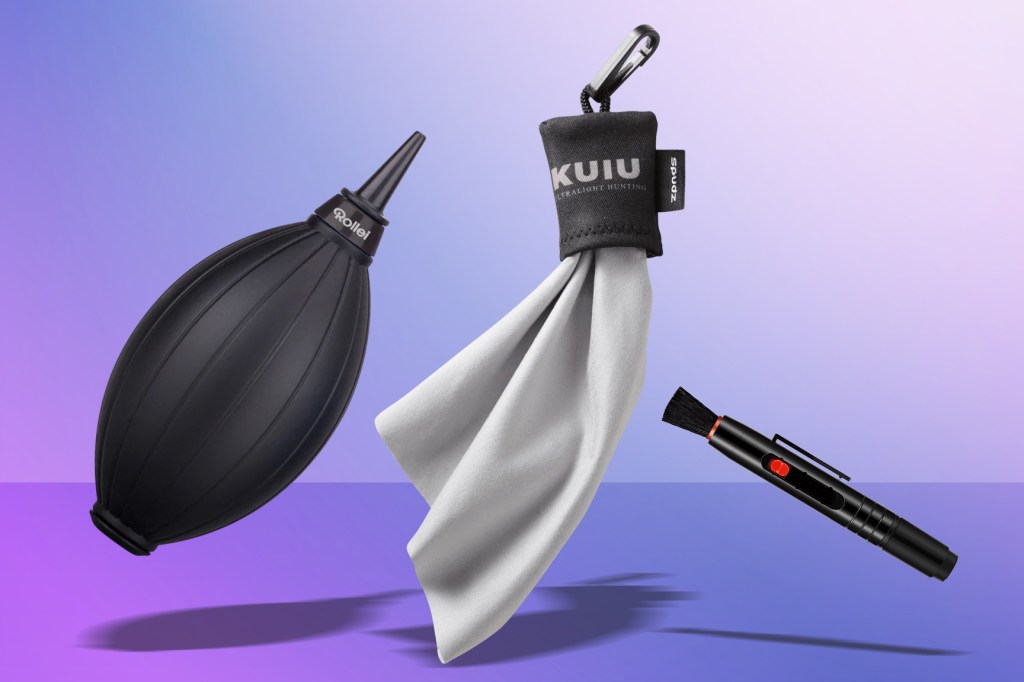

Don’t discount the humble cleaning cloth’s role in good maintenance – and don’t rely on tissues, hankies or paper towels either. A good microfibre cloth is essential to keeping your lens, viewfinder and rear LCD spotless without the risk of causing damage. You can add some lens cleaning solution to the mix if things are really grubby.
We also love air blowers for their ability to blast specks of dust off the surface of lenses and even image sensors without physical contact. You can buy cans of compressed air for the purpose, but a rubber manual blower will do the job well enough and lasts for decades.
Bag it up
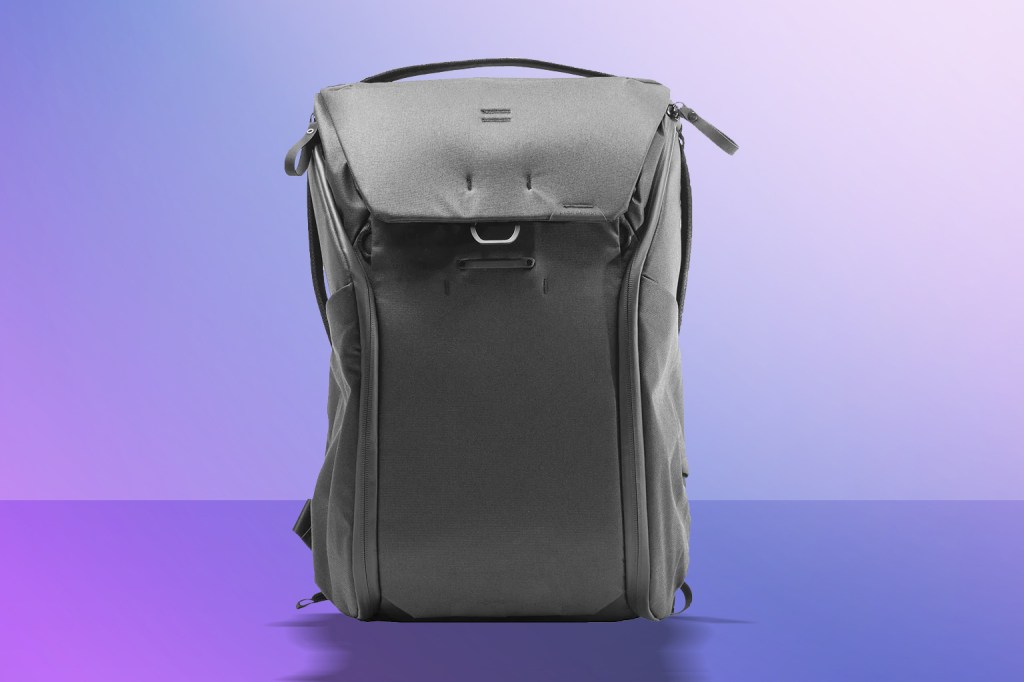

Few things will age your expensive camera faster than tossing it into your general backpack to jostle for space with your laptop, water bottle, keys and other bric-a-brac. Don’t let it get dinged up, grubby or worn – give it its own nicely cushioned spot by investing in a proper camera bag.
These come in all shapes and sizes, from cross-body slings to huge rucksacks, but what they all have in common is a properly portioned-out space (often customisable via adjustable or removeable Velcro dividers) to keep your camera – and often extras like lenses, batteries, cables, cards and even laptops – safe, snug and protected from harm.
